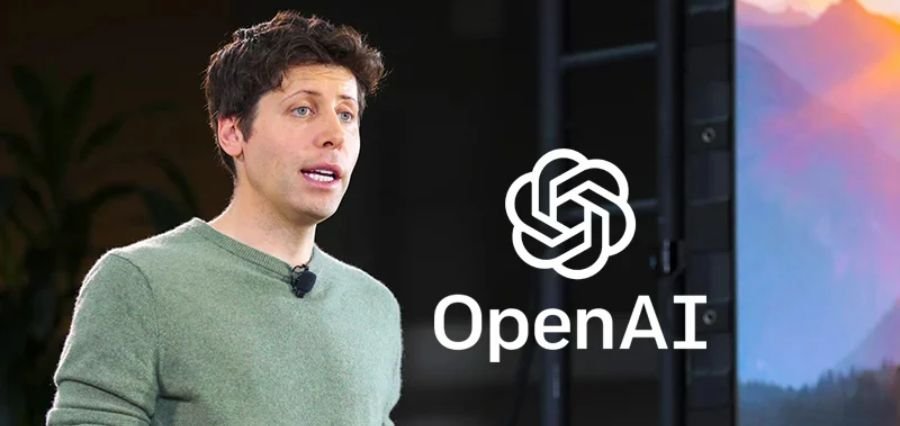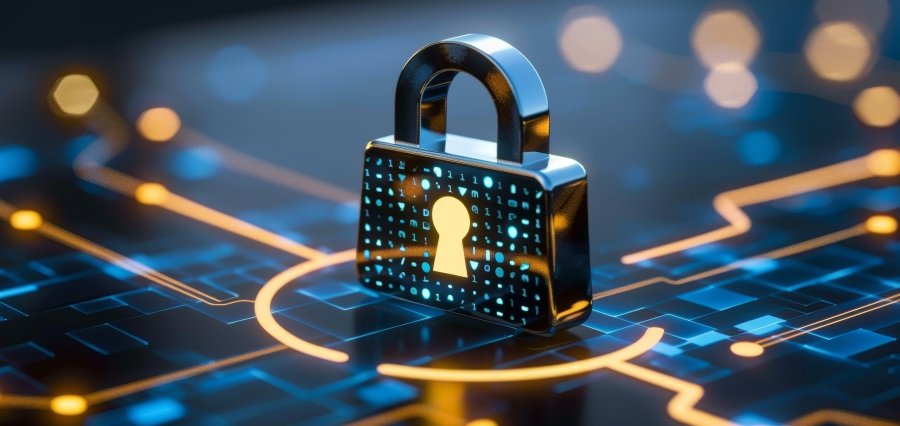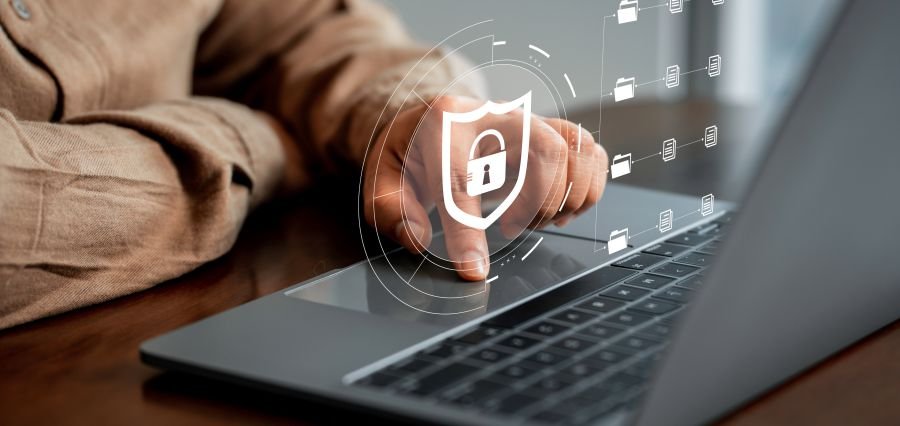Prime Highlights:
- OpenAI enforces strict security practices to prevent IP theft and eavesdropping.
- New measures consist of information silos, biometric screening, and offline model storage.
Key Facts:
- OpenAI accused Chinese startup DeepSeek of stealing its models by distillation.
- Security staff and classified levels of access have been significantly boosted.
Key Background:
OpenAI has taken sweeping measures to overhaul its internal and external security strategies in light of growing concerns over intellectual property theft and geopolitical espionage. This decisive action follows earlier accusations that Chinese AI startup DeepSeek had replicated OpenAI’s models using a method known as “distillation.” The incident prompted OpenAI to reevaluate how it safeguards its most sensitive innovations.
At the center of these new procedures is a practice known as “information tenting.” Under this policy, OpenAI restricts access to most recent model developments to just the people directly involved in the project. Relaxed conversations even within public areas or internal messaging channels are strictly monitored to prevent inadvertent leaks. Employees not part of specific models like the advanced “o1” architecture are entirely isolated from any information about them.
In addition to limiting internal communication, OpenAI has also made its physical and virtual infrastructure much more robust. Top-level model data and tests are stored on systems disconnected from the internet by default. The “air-gapped” setup shields confidential weights and tools from being exploited by external hackers or by a rogue internal user. Only designated personnel have the facility to switch back on internet access in extreme situations.
To further increase control, biometric security solutions such as fingerprint readers have been placed at key locations in offices and data centers. The company also included its physical security personnel as well as its cybersecurity personnel, headed by Chief Information Security Officer Dane Stuckey and newly appointed board member General Paul Nakasone.
These maneuvers reflect OpenAI’s shift toward defense-first in an increasingly rapidly evolving AI world. As super-AI world powers collide and rivalry among tech firms heats up, safeguarding secret knowledge is now the order of the day. OpenAI’s new organizational structure shows a delicacy that the fight for AI dominance needs not just innovation—but also brutal vigilance.
Read Also : Stop Killing Games” Campaign Reaches 1 Million Signatures, But the Real Fight Starts








